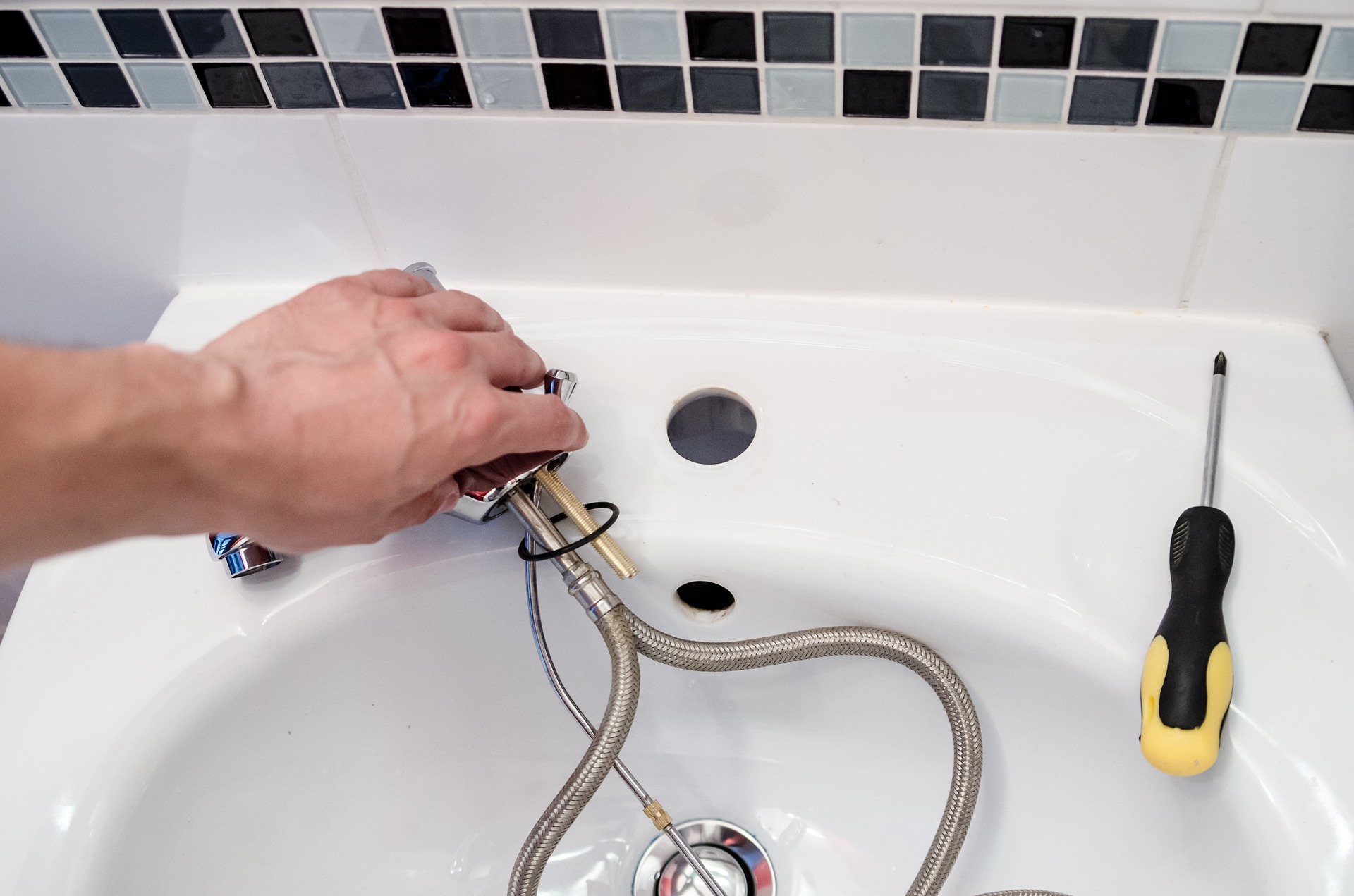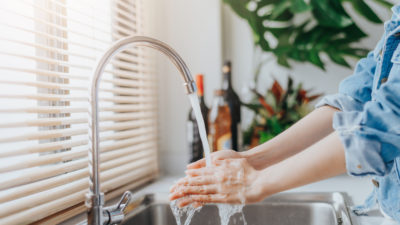Wise Winterizing Solutions: 5 Approaches to Preserve Your Pipes in Cold Weather
Wise Winterizing Solutions: 5 Approaches to Preserve Your Pipes in Cold Weather
Blog Article
Just about every person seems to have their own perception on the subject of Winterizing Your Pipes.

All house owners who reside in warm climates must do their ideal to winterize their pipelines. It is something you have to do during fall before deep winter months truly starts. Failure to do so can mean catastrophe like frozen, broken, or ruptured pipes. Right here are some convenient winterizing hacks to maintain your plumbing system shielded even if the climate exterior is terrible.
Try a Hair Dryer or Warmth Weapon
When your pipes are almost freezing, your reliable hair clothes dryer or warm weapon is a godsend. If the hot towels do not assist dislodge any type of settling ice in your pipes, bowling hot air straight into them may assist. You may end up damaging your pipelines while attempting to thaw the ice.
Open Up Cupboard Doors Hiding Plumbing
When it's cold outside, it would certainly be valuable to open cupboard doors that are camouflaging your pipelines. Doing this tiny trick can keep your pipelines cozy and also restrict the possibly unsafe outcomes of freezing temperatures.
Require Time to Cover Exposed Pipes
One nifty and also very easy hack to warm up cold pipes is to cover them with cozy towels. You can likewise make use of pre-soaked towels in hot water, simply do not forget to put on protective gloves to protect your hands from the warmth.
Switch on the Faucets
When the temperature level decreases and it appears as if the frigid temperature will last, it will certainly aid to activate your water both indoors and outdoors. This will certainly keep the water flowing with your plumbing systems. Furthermore, the activity will certainly decrease the freezing process. Notably, there's no need to turn it on full force. You'll wind up wasting gallons of water this way. Instead, go for about 5 declines per minute.
Turn off Water When Pipes are Frozen
If you notice that your pipelines are completely frozen or nearly nearing that phase, turn off the major water shutoff promptly. You will generally locate this in your cellar or laundry room near the heating unit or the front wall closest to the street. Turn it off right now to prevent additional damage.
Don't forget to close exterior water sources, as well, such as your connection for the yard home. Doing this will certainly prevent added water from filling out your plumbing system. With even more water, more ice will load up, which will at some point lead to rupture pipelines. It is best to call a specialist plumber for an assessment if you are unclear regarding the state of your pipes this wintertime. Taking this positive approach can conserve you hundreds of dollars in repairs.
All property owners who live in pleasant climates should do their ideal to winterize their pipes. Failing to do so can spell disaster like icy, fractured, or burst pipelines. If the warm towels do not aid remove any resolving ice in your pipes, bowling hot air straight into them might help. Transform off the primary water shutoff immediately if you observe that your pipes are entirely frozen or almost nearing that stage. With more water, more ice will stack up, which will at some point lead to burst pipelines.
PREVENT YOUR PIPES FROM FREEZING THIS WINTER
A Leading Cause of Property Damage
When the weather is taking a deep nose dive into the cold dreary days, the risk of your pipes freezing and potentially bursting skyrockets. Unfortunately, during these cold dreary months, burst pipes are the most common denominator for property damage. The pipes that are most at the risk are those that are in areas where it is most cold in your home. For instance, pipes located in interior places such as basements, attics, and your garage. Unfortunately, that doesn’t mean that the pipes running through your cabinets or exterior walls can’t freeze. Good news, however, is that you can do things to help prevent pipes from freezing.
How to Prevent Pipes From Freezing
Once the temperature starts to drop during the winter, you should be taking the proper measures needed to ensure that your pipes stay warm and that there is circulation of water through them. Some steps that experts may recommend could go against your better judgement when it comes to saving water and heat. However, it would go without saying that when expenses are compared, damaged pipes could put a bigger dent in your wallet than a water bill.
What Can I Do?
Keep your garage door closed. This is very important, especially if you have water supply lines running through your garage. Open your kitchen and bathroom cabinets to allow warm air to circulate through them. Allow air circulation throughout your home. Keeping the interior doors open will once again allow the warm air to circulate inside your home. Ensure your thermostat is running the same temperature throughout the night and day. If you plan to be away from home during the cold months, set your temperature no lower than 55° F. This should provide enough heat to keep the pipes warm and prevent any remaining water inside the pipes from freezing. For more of a long-term solution, add insulation to attics, basement, and other crawl spaces around your home. By allowing your faucet to drip, it will alleviate pressure in the system. This is important because the pressure that is created between the blockage and the faucet can potentially cause the pipes to burst. Allowing the faucet to drip will prevent the pressure from building up, therefore keeping the pipes from bursting. Seal any cracks, openings, and crawl spaces around your home to prevent cold air from coming inside. This keeps your pipes-not to mention your home-warmer and less susceptible to issues caused by freezing temperatures. For the pipes in your home that are easily accessible, applying electrical tape to them might prevent them from freezing over. This is a quick fix, as you can apply the tape directly to the pipe. There are two options for heating tapes. One turns on and off by itself when it senses heat is needed. The other type of heating tape needs to be applied when heat is needed and removed when not necessary. If you have exposed pipes in your home, you can check this website to take a look at a few options that would be available at a shop near you.

As a keen person who reads on Winterizing Your Pipes, I figured sharing that section was sensible. Sharing is caring. One never knows, you will be helping someone out. Thanks so much for taking the time to read it.
Emergency? Call us! Report this page